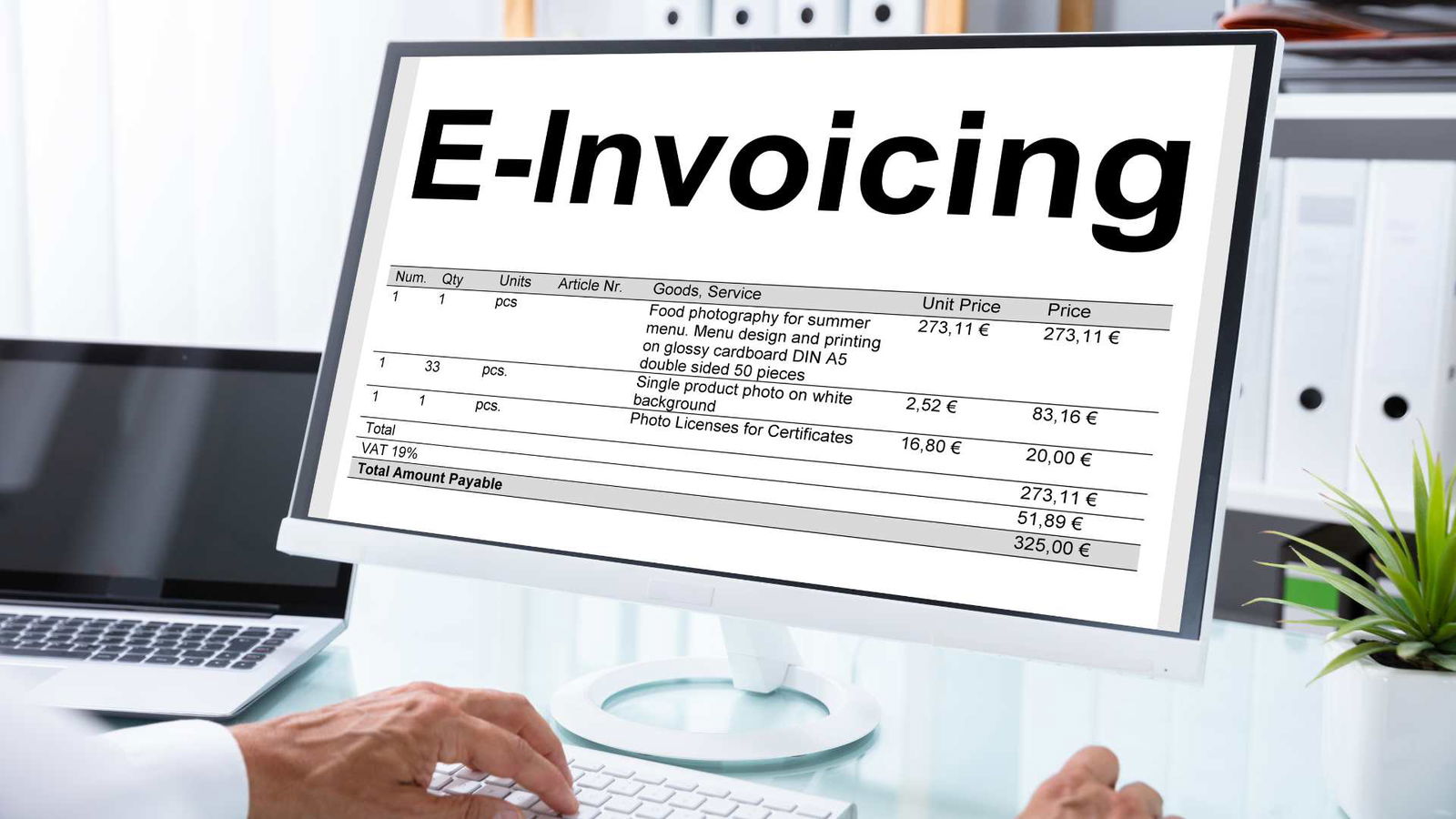The Indian government has taken significant steps to digitize tax administration and improve the Goods and Services Tax (GST) compliance landscape. One such measure is the introduction of the electronic invoicing (e-invoicing) system. The Central Board of Indirect Taxes and Customs (CBIC), Department of Revenue, Ministry of Finance, issued a notification stating that all GST taxpayers with an aggregate annual turnover exceeding Rs. 5 crores in any financial year will be mandated to generate e-invoices for business-to-business (B2B) supply of goods and services or for exports. This new rule took effect on August 1, 2023, reducing the e-invoicing turnover limit from Rs. 10 crores.
E-Invoicing Phases in India
The implementation of e-invoicing in India has been gradual, covering businesses with varying turnovers in different phases.
Here is an overview of the e-invoicing implementation until the sixth phase:
| Sl. No. | Turnover Limit (in Crore) | Date of Applicability |
|---|---|---|
| 1 | 500 | 1st October 2020 |
| 2 | 100 | 1st January 2021 |
| 3 | 50 | 1st April 2021 |
| 4 | 20 | 1st April 2022 |
| 5 | 10 | 1st October 2022 |
| 6 | 5 | 1st August 2023 |
This table provides an overview of the turnover limit and the corresponding applicability date for each phase of e-invoicing implementation in India.
Scope and Exclusions of E-Invoicing
The e-invoicing system in India covers various types of transactions, including taxable B2B supply of goods or services, B2G supply of goods or services, export sales, and sales falling under the Reverse Charge Mechanism (RCM). It includes tax invoices, debit notes, credit notes, and invoice-cum-bill of supply.
However, certain transactions and businesses are excluded from the scope of e-invoicing. These exclusions comprise exempted sales with the bill of supply, imports, job works, delivery challans, banks, financial institutions, insurance companies, exhibitors of cinematographic films on multiplex screens, non-banking financial companies, goods transportation and passenger transportation agencies, units in SEZ or special economic zones, and government departments.
Objective and Impact of E-Invoicing
The primary objective behind lowering the threshold turnover limit for e-invoicing is to combat GST evasion and fraud while enhancing compliance, especially among Micro, Small, and Medium Enterprises (MSMEs). Nearly 4 lakh businesses are covered under this phase, aiming to ensure better compliance and curb revenue leakages.
The e-invoicing system enables enterprises across the supply chain to avail of genuine and verified Input Tax Credit (ITC), which helps monitor GST revenue leakages for the government. By promoting digitization, e-invoicing streamlines all transactions at the source, ensuring transparency and efficiency in invoicing.
Impact on Notified Businesses
The reduction in the turnover threshold for e-invoicing significantly affects notified businesses. They must adapt their business processes, alter their billing systems or software, and ensure compliance with the e-invoicing mandate.
On the positive side, e-invoicing allows hassle-free access to formal credit channels like invoice discounting or financing, providing leverage to small businesses. The government validates and authenticates their invoices, giving them credibility and ease in obtaining credit.
However, large enterprises purchasing from small businesses notified for e-invoicing may face challenges. They must ensure their vendors comply with the e-invoicing mandate to avoid losing input tax credits or facing delays in claims. When vendor businesses adopt the e-invoicing system, they can enjoy genuine tax credits, benefitting both parties.
Compliance Requirements for Taxpayers
Taxpayers with an annual turnover exceeding Rs. 5 Crore must adhere to specific compliance requirements when generating e-invoices. They need to use compliant accounting or billing software capable of generating e-invoices in the format prescribed by the government, including all mandatory fields.
Additionally, taxpayers must obtain an Invoice Registration Number (IRN), a unique number generated using a standard hash-generation algorithm. The IRN and related JSON files are uploaded on the Invoice Registration Portal (IRP) and validated against the central GST registry.
Conclusion
The implementation of e-invoicing in India marks a crucial milestone in the country’s digitization journey and GST compliance enhancement. By bringing more businesses under e-invoicing, the government aims to reduce tax evasion and improve revenue collections. The move benefits small and large enterprises, streamlining processes and promoting transparency in the tax ecosystem. Taxpayers must know the compliance requirements to smoothly transition to the e-invoicing system and fully harness its benefits.
Related Services





